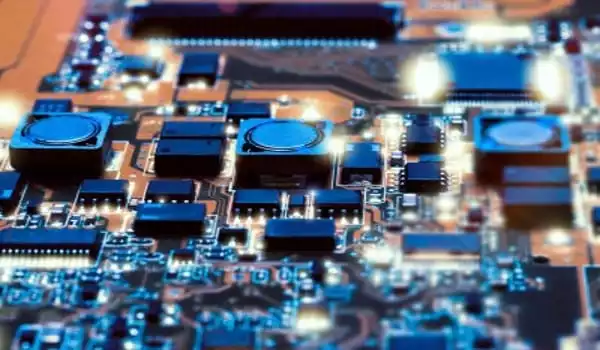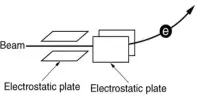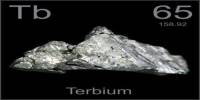A CU Boulder team of physicists has solved the mystery of a perplexing phenomenon in the nano realm: why some ultra-small heat sources cool down faster when packed closer together. The findings, which were published today in the journal Proceedings of the National Academy of Sciences (PNAS), may one day aid the tech industry in developing faster electronic devices that overheat less.
When you get to very small scales, heat doesn’t always behave the way you expect it to. Now, new nano-scale discoveries may aid researchers in better understanding the flow of heat in electronic devices.
“Heat is frequently a difficult consideration in the design of electronics. You build a device only to discover that it heats up faster than expected “Joshua Knobloch, postdoctoral research associate at JILA, a joint research institute of CU Boulder and the National Institute of Standards and Technology, was one of the study’s co-authors (NIST). “Our goal is to understand the fundamental physics involved so that we can engineer future devices to manage the flow of heat efficiently.”
The investigation began with an unexplained observation: In 2015, JILA researchers led by physicists Margaret Murnane and Henry Kapteyn were experimenting with metal bars many times thinner than the width of a human hair on a silicon base. Something strange happened when they used a laser to heat up those bars.
Physicists have solved the mystery behind a perplexing phenomenon in the nano realm: why some ultra-small heat sources cool down faster if you pack them closer together. Now, new findings from the nano realm could help researchers to gain a better handle on the flow of heat in electronic devices.
“They acted very counterintuitively,” said Knobloch. “These nano-scale heat sources typically do not dissipate heat efficiently. However, if you pack them close together, they cool down much faster.” The researchers now understand why this occurs.
They used computer-based simulations to track the passage of heat from their nano-sized bars in the new study. When they placed the heat sources close together, they discovered that the vibrations of energy they produced began to bounce off each other, scattering heat away and cooling the bars.
The findings of the group highlight a significant challenge in designing the next generation of tiny devices, such as microprocessors or quantum computer chips: Heat does not always behave the way you expect it to when scaled down to very small scales.
Atom by atom
The researchers went on to say that heat transmission in devices is important. Even minor flaws in the design of electronics, such as computer chips, can allow heat to accumulate, increasing wear and tear on a device. As technology companies strive to make smaller and smaller electronics, they will need to pay more attention than ever to phonons – atom vibrations that carry heat in solids.

“Heat flow involves very complex processes that are difficult to control,” Knobloch explained. “However, if we can understand how phonons behave on a small scale, we will be able to tailor their transport, allowing us to build more efficient devices.”
Murnane and Kapteyn, along with their team of experimental physicists, collaborated with theorists led by Mahmoud Hussein, professor in the Ann and H.J. Smead Department of Aerospace Engineering Sciences. His group specializes in simulating or modeling phonon motion.
“The very nature of heat transfer emerges in a new light at the atomic scale,” said Hussein, who also holds a courtesy appointment in the Department of Physics. The researchers essentially recreated their experiment from several years ago, but this time on a computer entirely. They heated up a series of silicon bars that were laid side by side like slats in a train track.
The simulations were so detailed, according to Knobloch, that the team could track the behavior of each and every atom in the model – millions of them in total – from beginning to end. “We were really testing the memory limits of the Summit Supercomputer at CU Boulder,” he explained.
Directing heat
The strategy paid off. The researchers discovered, for example, that when they separated their silicon bars sufficiently, heat tended to escape from those materials in a predictable manner. The energy dissipated in all directions as it leaked from the bars and into the material beneath them.
Something else happened as the bars got closer together. As the heat from those sources dispersed, it effectively forced that energy to flow more intensely away from the sources, much like a crowd jostling against each other in a stadium and eventually leaping out of the exit. This phenomenon was dubbed “directional thermal channeling” by the researchers.
“This phenomenon increases heat transport down into the substrate and away from heat sources,” Knobloch explained. The researchers believe that engineers will be able to use this unusual behavior in the future to gain a better understanding of how heat flows in small electronics, directing that energy along the desired path rather than letting it run wild and free. For the time being, the researchers see the latest study as an example of what scientists from various disciplines can accomplish when they collaborate.
“This project was such an exciting collaboration between science and engineering – where advanced computational analysis methods developed by Mahmoud’s group were critical for understanding new materials behavior uncovered earlier by our group using new extreme ultraviolet quantum light sources,” said Murnane, who is also a physics professor. The STROBE National Science Foundation Science and Technology Center on Real-Time Functional Imaging provided funding for this study.
















